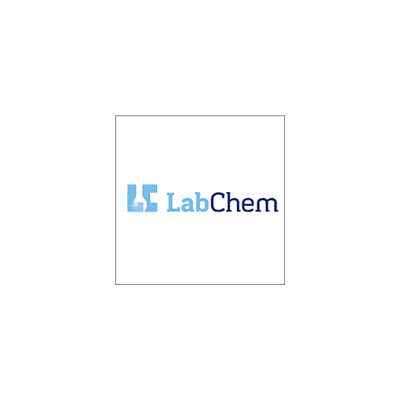Search in Category
Chemicals-D
Search term required.
Filter Your Search
 Concentration
Concentration
 Container
Container
 Name
Name
 Size
Size
 Type
Type
 Brand
Brand
Browse Categories
Loading...
Chemicals-D
Viewing Page 5 of 15
(142 results)
p-Dimethylaminobenzaldehyde Solution,500
Item #:
LCH/LC135901
Supplier #: LC135901
Supplier #: LC135901
p-Dimethylaminobenzaldehyde Solution, 1.8%, for Hydrazine, Nickel 500mL
p-Dimethylaminobenzaldehyde Solution,250
Item #:
LCH/LC135908
Supplier #: LC135908
Supplier #: LC135908
p-Dimethylaminobenzaldehyde Solution, 1.8%, for Hydrazine, Nickel 250mL



